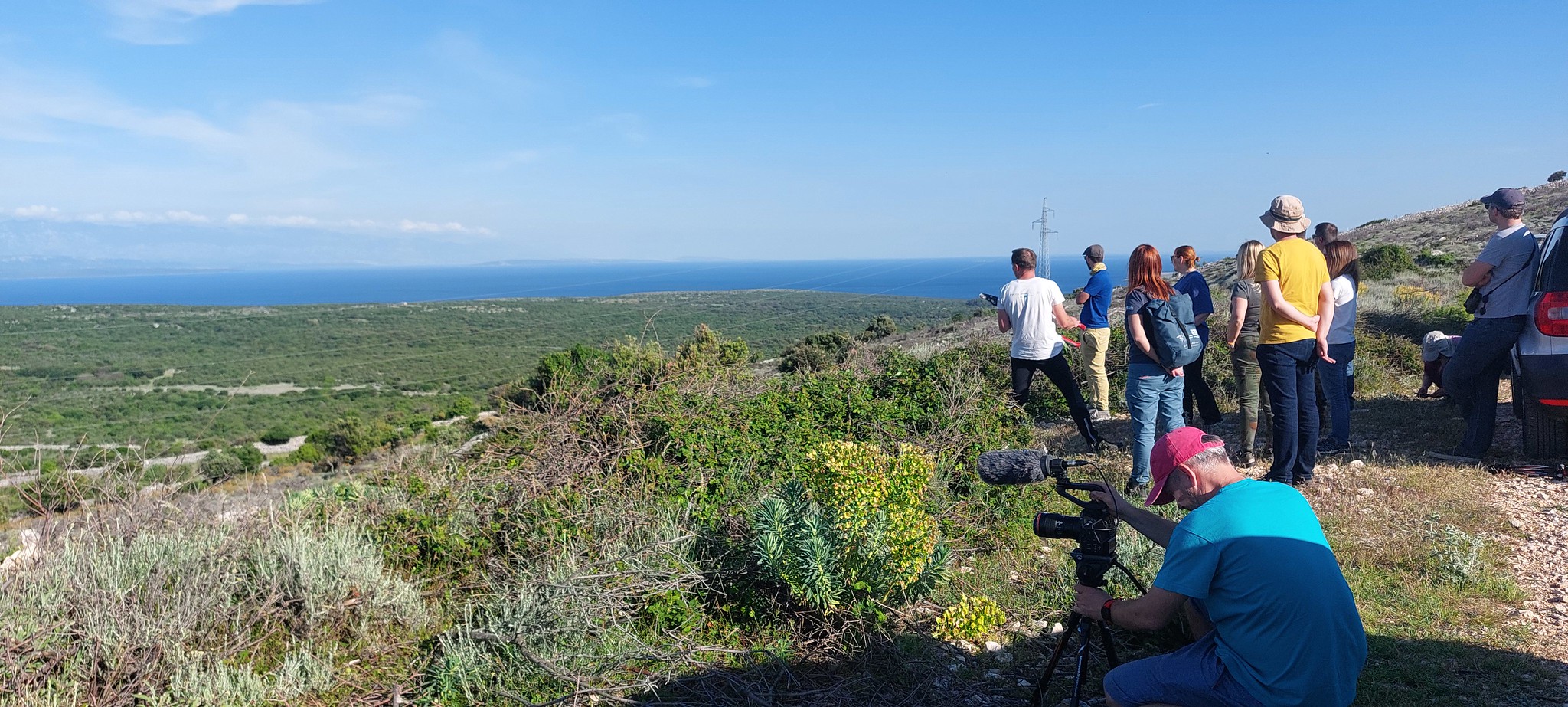Rural depopulation, which is leading inevitably to agricultural land abandonment is particularly widespread in the mountainous regions of eastern and southern Europe, affecting directly landscape structure, and having often a negative impact on biological diversity. The last decades, farming practices in fertile and accessible land, usually located in lowlands, have become increasingly intensive in order to maximize production in a cost-effective way. On the other hand, small and extensive farming systems, located in mountain zones with low productivity have always been particularly vulnerable to marginalization and abandonment. As a result, agricultural intensification has led to a dramatic decline of farmland bird populations and land abandonment in mountainous areas has led to different responses of bird communities. Under this context, AGRALE project (2010-2012) was funded by SEE-ERA.NET PLUS in the frame of 7th Framework Programme for Research and Technological Development.
The project aimed to investigate the effect of agricultural land abandonment on landscape structure and vegetation and bird diversity in the Balkan region, under the title “Impact of agricultural abandonment on landscape structure, vegetation and farmland birds in SE Europe”. The project was initiated and coordinated by Greece (University of Ioannina, Ass. Prof. Vassiliki Kati) with the participation of the Agricultural University of Tirana (Albania), the University of Vienna (Austria), the Bulgarian Academy of Sciences (Bulgaria) and the University of Zagreb (Croatia). A land abandonment gradient was identified, and sampling sites were randomly selected to represent the gradient in remote mountainous areas in Albania (12 sites), Bulgaria (20 sites), Croatia (20 sites), and Greece (20 sites). Birds were recorded using the point count method and vegetation was sampled using a standard protocol. Overall, 14456 individuals of 66 passerine bird species were sampled at Balkan level. Furthermore, satellite imagery and aerial photographs were used to depict landscape heterogeneity turnover across abandonment gradient in the 72 sites selected.

The main results of landscape analysis for the Balkan area was that forest cover was strongly increasing with increasing level of agricultural land abandonment except from Albania where different socio-economic conditions resulted to a weaker increase of forest cover in agricultural fields. Landscape diversity reached highest levels in the intermediate abandonment class (25-50% woody vegetation cover). Our research also extracted a set of landscape metrics that depict well land abandonment gradient, but these metrics differ across countries. Bird communities, in terms of species number, SPEC species number, as well as biodiversity, were found to be considerably negatively affected by land abandonment across the Balkan area, while 21 of the species recorded are of European Conservation Concern.
In our country, the study area was in the altitudinal zone of 120m to 700m, where we identified 63 woody plant species and 70 passerine bird species (4262 individuals), out of which 19 species are woodland species, 16 are farmland species and 35 are non-specialized species.
We suggest that policies that would motivate people to live in these remote areas and apply traditional land use practices subsequently leading to the maintenance of rural mosaics should be implemented. These policies could include the promotion of biological farming, adequate market system for local products and subsidies towards traditional extensive farming practices, so as to enhance the income of agricultural activities in remote mountains. They should be included in the priorities of agricultural policy for farmland bird diversity conservation in Croatia, as local extinction and reduction of abundance of birds specialized to these cultural landscapes is expected to grow as land abandonment continues.
More information: PhD. Andreja Radović






